THE LATEST FROM VALTASNews, updates, and stories to keep you in the know.
|
|
Trying to determine where the board ends and the ED begins is one of the most common issues that organizations struggle with (and a main reason why they bring us in to help!) because every organization handles executive responsibilities differently, and some nonprofits have historically had an unhealthy division of duties that influences their perspective on this issue.
Broadly speaking, the Board is responsible for strategy and governance while the Executive Director is responsible for implementation and management. However, both should work in partnership to support each other’s roles, building respect and trust to leverage each other’s strengths effectively. There is no hard line where one ends and the other begins, but there are spheres where each tends to operate.
Asking questions helps drive everything from program offerings and fundraising initiatives to the organization’s overall strategic mission. So, that begs the question, how can you ask better questions?
Want proof? Recently the Brooklyn Community Foundation renamed itself Brooklyn Org, undertaking a major rebranding effort, which included spending a reported $49,000 for their new domain name Brooklyn.org to accompany the change. In speaking of the rebranding campaign, their President Jocelynne Rainey explained that their primary motivation was to get away from using the “foundation” in their name because of the possible negative perceptions around using that word.
Luckily, Brooklyn Org’s rebranding campaign was purportedly aided by pro bono work from a local marketing firm. However, these kinds of changes are often quite costly even if the work is supplemented with donations of time, professional skills, and other resources. They can run upwards of 20% of an organization’s marketing budget and take months or even years to fully execute. Given that context, deciding to rebrand shouldn’t be taken lightly! A Guide for Washington Nonprofits: Navigating the Complex and Evolving Employment Landscape10/24/2023
We could probably write a full book on these topics but hope that this article helps you see the “Don’t Pass Go” signs and seek out guidance and information to support your nonprofit staff equitably and legally. Catching these issues early and proactively is the key to saving time and money, while keeping your workforce engaged and executing.
If you missed it, it’s definitely worth a watch or listen! But, if you don’t have time to set aside to view it in its entirety, we’re going to summarize key points that the experts covered as well as give you our top takeaway when it comes to the conversation around nonprofit digital strategy.
Well…yes and no. Yes, you should feel good about the hire, and you should take a pause, but not for too long because the next phase of the transition is only beginning. “What!? Only beginning?” you say. Yes, hiring the new ED is just the first step of the transition journey. The next important move for the Board is to ensure your new leader settles confidently into the role for a long tenure.
So, release that breath and let’s chat about this next phase.
The rationalizations for resisting actually doing succession planning range from, “Who am I to tell future leaders who to pick?” to “I should wait to do this until I am closer to leaving.” Often times it starts to sound more like a discussion about wills and death.
But, regardless of the response when the subject is broached, effective succession nonprofit planning is crucial for an organization to maintain its focus and purpose regardless of who is leading. Nonprofits accumulate valuable institutional knowledge and expertise over time. A well-executed succession plan helps create a transfer of knowledge from outgoing leaders to their successors, preventing the loss of critical information and experience needed to keep the organization serving its key audiences. For this reason, it is always a worthwhile endeavor for nonprofit leadership to plan for the future no matter what stage of their career they are in or what is going on within the organization!
What are some of the essential elements of fundraising that EDs should be familiar with to find success? Let’s shed light on the division of responsibilities within nonprofit organizations when it comes to development efforts:
|
THE LATEST FROM VALTAS
You are welcome to subscribe to get the latest news, updates and insights from our team. Subscribe:Ask Valtas!Categories
All
Archives
April 2024
|









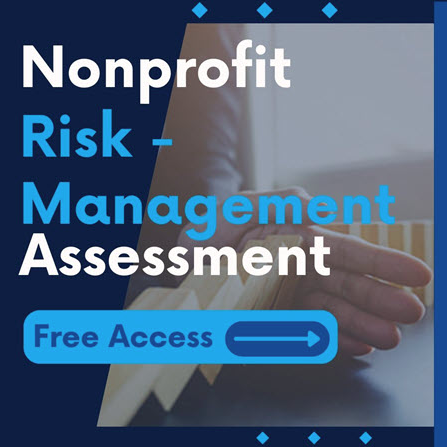
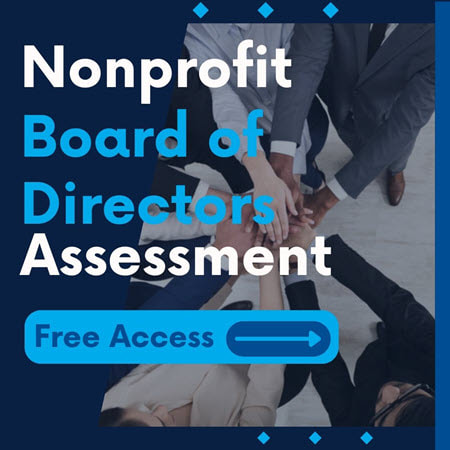
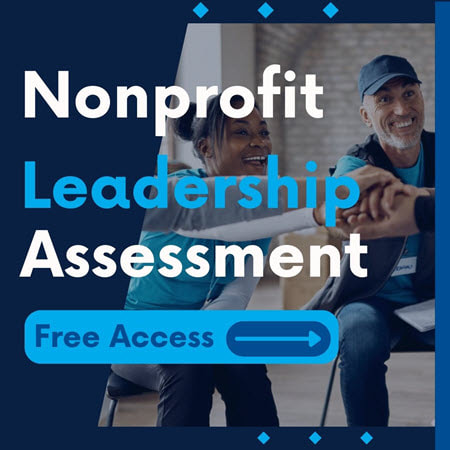
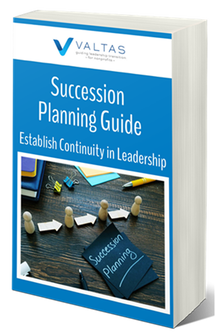
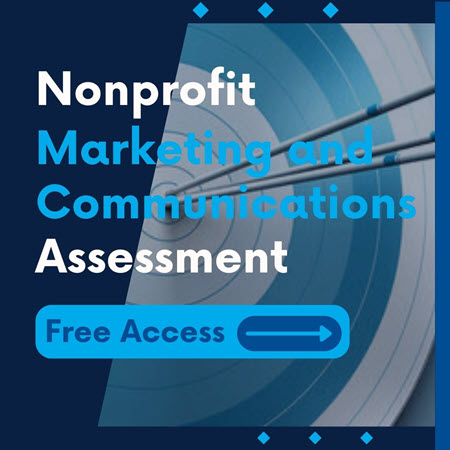
 RSS Feed
RSS Feed
